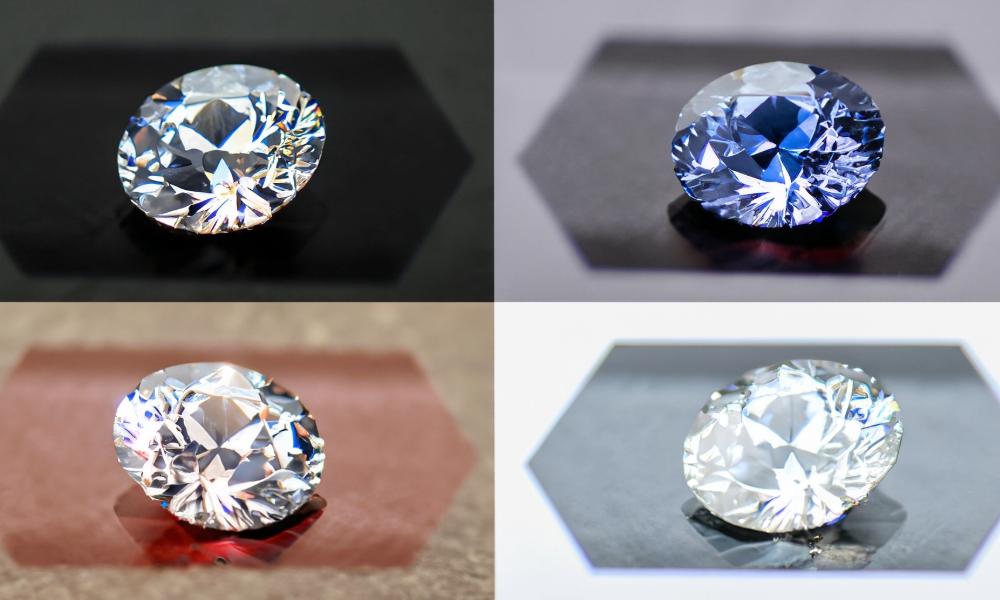Loans against diamonds have become an increasingly popular way for individuals to access quick financial assistance without the need to sell their valuable assets. Diamonds, being one of the most precious and valuable items, can serve as excellent collateral when seeking a loan. This guide will explore everything you need to know about loans against diamonds, including how they work, the process involved, and why they can be an attractive option for many.
What Are Loans Against Diamonds?
Loans against diamonds are secured loans where the borrower pledges their diamonds as collateral. The value of the loan is based on the worth of the diamond, and the loan is typically granted for a percentage of the diamond’s market value. This type of loan is often sought by individuals who own valuable diamonds but do not wish to sell them outright. Instead, they use the diamonds to secure immediate funds while maintaining ownership of the item. If the borrower repays the loan within the agreed-upon terms, the diamond is returned to them. However, if the borrower fails to repay, the lender has the right to sell the diamond to recover the loan amount.
How Do Loans Against Diamonds Work?
When you apply for a loan against diamonds, the process generally begins with a valuation. The diamond is assessed based on its quality, size, and market value. The lender will typically offer a loan that is a percentage of the diamond’s appraised value, often between 60% and 80%. The higher the quality and rarity of the diamond, the higher the loan amount you can expect.
Once the diamond is evaluated, the borrower and lender agree on the terms of the loan. These terms typically include the interest rate, repayment schedule, and the duration of the loan. Once the loan is agreed upon, the borrower receives the funds, and the diamond is held as collateral until the loan is repaid. If the loan is not repaid within the specified time frame, the lender has the right to sell the diamond to recover the loan amount.
Why Choose Loans Against Diamonds?
Loans against diamonds offer several advantages, particularly for individuals who own valuable diamonds but don’t want to part with them. One of the key benefits is that the loan is secured by a valuable asset, meaning it is often easier to qualify for compared to unsecured loans. Since the lender has collateral in the form of the diamond, they are more likely to approve the loan even if the borrower has a less-than-perfect credit history.
Another significant benefit of loans against diamonds is the speed of the process. Unlike traditional loans, which can take days or even weeks to process, loans against diamonds can be arranged quickly. The entire process from evaluation to disbursement of funds can typically be completed within a few hours, making it an excellent option for those in need of immediate cash.
Furthermore, the borrower retains ownership of the diamond throughout the loan period. This means that if the loan is repaid successfully, the borrower gets their diamond back. For those who have emotional or sentimental attachments to their diamonds, this is a major advantage.
The Process of Getting a Loan Against Diamonds
To secure a loan against diamonds, the first step is to approach a reputable lender that specializes in diamond loans. The lender will require the borrower to provide their diamond for evaluation. The evaluation process typically involves assessing the quality of the diamond, its cut, clarity, color, and carat weight.
Once the diamond is evaluated, the lender will provide an offer for the loan amount based on the diamond’s appraised value. The borrower then decides whether to accept the loan offer. If accepted, the borrower will be required to sign a loan agreement that outlines the terms of the loan, including the interest rate, repayment schedule, and loan duration.
The diamond will then be securely stored by the lender as collateral, and the borrower will receive the funds. If the borrower repays the loan in full, including any interest, within the agreed period, the diamond is returned. If not, the lender may sell gold Melbourne the diamond to recover the loan amount.
Factors That Affect the Loan Amount
The loan amount you can receive when taking out a loan against diamonds is determined by several factors. One of the most significant factors is the market value of the diamond. Diamonds are valued based on the 4 Cs: carat weight, cut, color, and clarity. The higher the quality of the diamond, the more valuable it is, and the higher the loan amount you can expect to receive.
The lender may also consider the current market demand for diamonds. If the diamond is highly sought after or is part of a limited collection, it may be valued higher, allowing for a larger loan amount. The overall condition of the diamond also plays a role; diamonds that are in pristine condition will typically fetch higher loan amounts.
Additionally, the terms of the loan, including the interest rate and repayment duration, may influence the loan amount. Some lenders may offer lower loan-to-value ratios for longer loan durations or higher interest rates. It’s important to understand these terms before agreeing to the loan to ensure it is a financially viable option.
Risks of Loans Against Diamonds
While loans against diamonds offer many advantages, there are also risks involved. The primary risk is the potential loss of the diamond if the loan is not repaid within the agreed-upon terms. If the borrower fails to repay the loan, the lender has the legal right to sell the diamond to recover the loan amount. For those who have emotional or sentimental attachments to the diamond, this can be a significant downside.
Another risk is the possibility of high interest rates. Depending on the lender and the terms of the loan, the interest rates for loans against diamonds can be relatively high. This can make it challenging for borrowers to repay the loan in full and may lead to additional fees or charges if the loan is not paid on time.
It’s also important to note that while diamonds are valuable, their market value can fluctuate. Economic conditions, market demand, and the overall condition of the diamond may affect its value over time, potentially impacting the loan amount or the ability to repay.
Finding a Reputable Lender for Loans Against Diamonds
When considering loans against diamonds, it’s crucial to work with a reputable lender who is transparent and fair. Look for lenders who specialize in diamond loans and have a track record of providing clear, honest terms. Reputable lenders will ensure that the evaluation process is thorough and that the loan terms are explained clearly.
It’s also a good idea to read customer reviews and seek recommendations from others who have used diamond loan services. This can help you identify trustworthy lenders who offer competitive loan amounts, reasonable interest rates, and flexible repayment terms.
Conclusion
Loans against diamonds can be a valuable option for those in need of quick cash while retaining ownership of their valuable assets. By pledging a diamond as collateral, borrowers can access funds with minimal paperwork and a relatively simple process. However, it’s important to understand the risks involved, such as the potential loss of the diamond if the loan is not repaid. By working with a reputable lender and carefully considering the terms, loans against diamonds can be a beneficial solution for many individuals in need of financial assistance.




